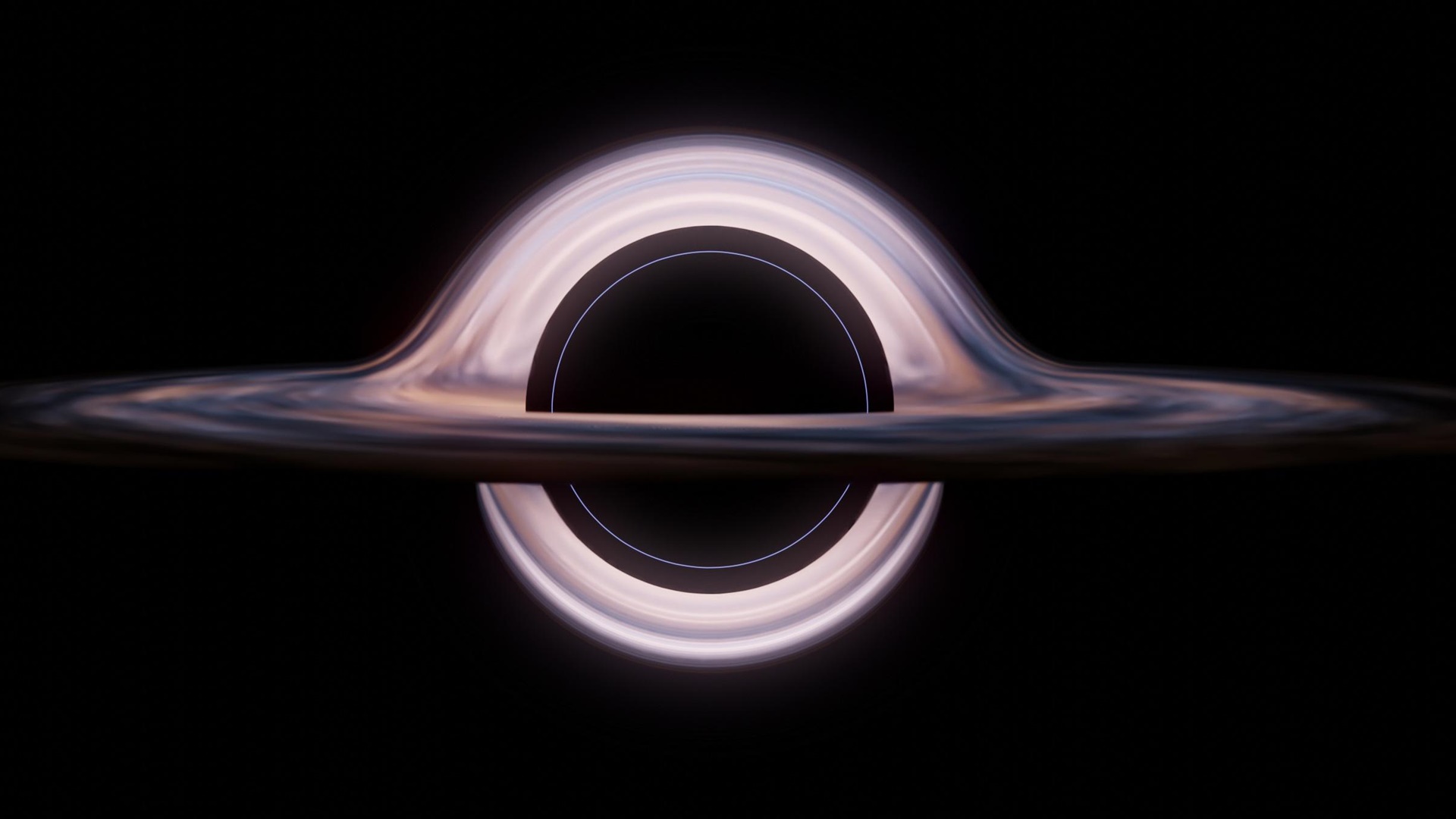- NASA has published a video that takes the viewer on a trip around a massive black hole.
- For the first time one can get an idea of what it would be like to get close to one of these celestial giants.
- The simulation was created using NASA’s Discover supercomputer over five days.
On Monday, NASA published a video that takes the viewer on a trip into a black hole. Obviously, this is a simulation but it’s rather incredible.
The video is from the perspective of a “person” coming close to the event horizon of a black hole before they slingshot back out. In reality, a person would be sucked into the unknown just like all light, never to be seen again.
Black holes are massive objects with gravitational pulls so strong nothing is thought to be able to escape the pull. There are two main classifications of black hole namely stellar-mass and supermassive. Stellar-mass black holes are formed when a star that is larger than 20 solar masses exhausts its fuel and collapses under its own weight. This triggers a supernova, crushing the star’s core and collapsing into a black hole. Not much is known about how supermassive black holes are formed but they are said to be as old as the galaxies they occupy.
For this video, NASA created a blackhole with 4.3 million times the mass of the Sun to closely emulate the black hole at the centre of the Milky Way galaxy.
Despite its size, the camera would orbit the black hole once every 30 minutes and fall into the event horizon within three hours from a distance of 640 million km away.
“If an astronaut flew a spacecraft on this 6-hour round trip while her colleagues on a mothership remained far from the black hole, she’d return 36 minutes younger than her colleagues. That’s because time passes more slowly near a strong gravitational source and when moving near the speed of light,” NASA explains.
If that sounds short because you watched Interstellar, that’s because in this simulation the black hole wasn’t spinning. Had it been, the astronaut in question would return to a much older crew.
While the simulation is impressive, perhaps more impressive is how NASA created it.
Scientists at the Goddard Space Flight Center leaned on the NASA Center for Climate Simulation’s supercomputer, Discover one of the top 35 fastest supercomputers in the world. This massive machine houses 127 232 cores, and has a compute capability of 8.1 petaFLOPS. The Goddard scientists only used 0.3 percent of these cores to create these simulations. Rendering this journey took five days and 10TB of data was created.
NASA also published a 360 version of the journey which you can watch and explore below.

